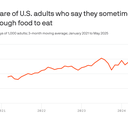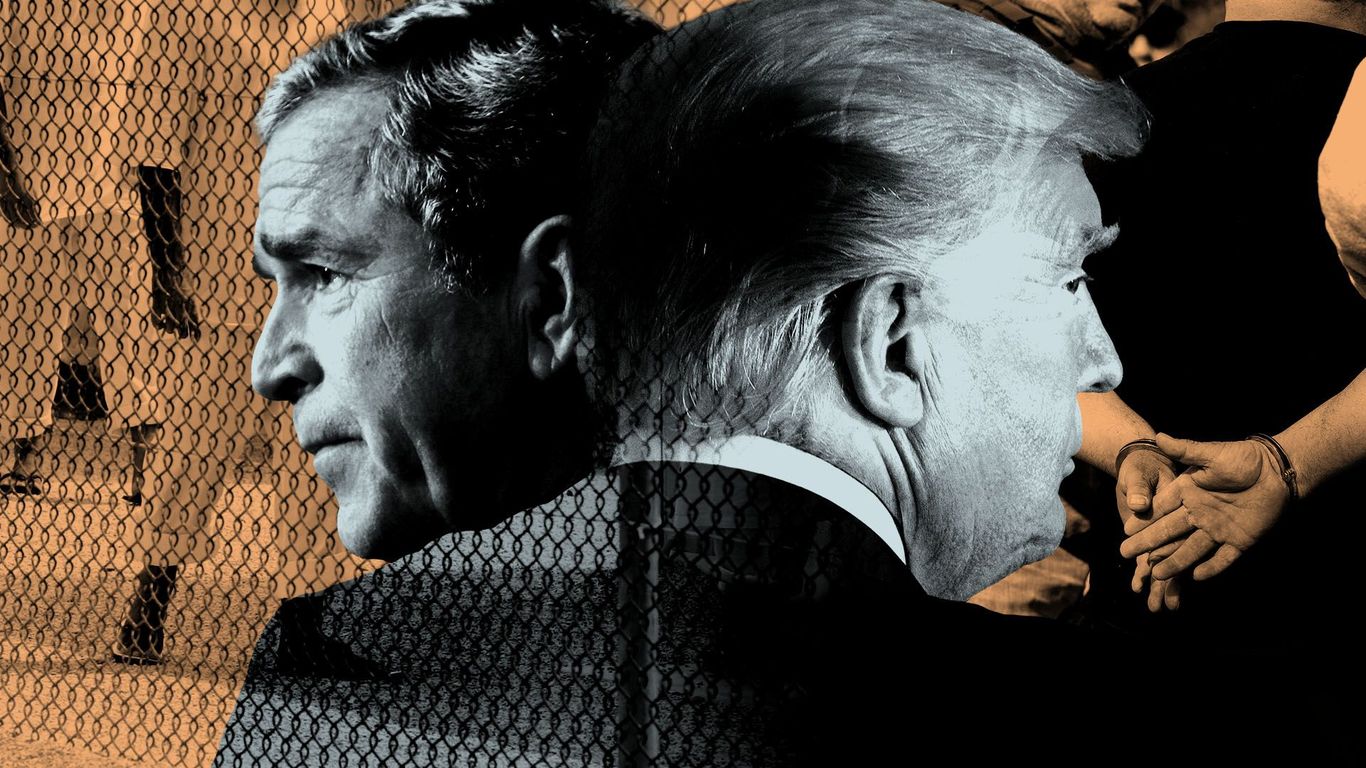I visited Dublin for the first time. My trip to the Irish capital was filled with surprises.
Alesandra Dubin
- Several things surprised me about visiting Dublin for the first time.
- The Irish city was cleaner, kinder, and more vegetarian-friendly than I imagined it would be.
- I was surprised how lax local tipping culture differed from what I was used to in the US.
I've felt a connection with Dublin just about my entire life — and it's not because of ancestral history.
My last name (Dubin) is just one letter away, and most of my mail comes misspelled in the name of the city instead. True story.
Despite that similarity, and the fact that I've flown all around the world in my role as a travel writer, I'd never actually been to the Irish capital city until this year.
When I finally got the chance to visit, I was impressed and felt inspired to visit again. Here's what I was surprised to discover during my first trip to Dublin.
Alesandra Dubin
I've heard many people rave about Irish hospitality, and Dublin didn't disappoint on that front.
However, what really stood out to me was how genuine the friendliness from locals felt. It wasn't the kind of overly rehearsed, customer-service-polished vibe you sometimes find in touristy cities.
People I encountered felt kind, helpful, and funny in a natural, unforced way. Our driver cracked jokes and gave us tons of travel tips that had rich local flavor, but didn't feel like a shtick.
The whole city gave off a low-key, welcoming energy that stayed with me long after I left.
Alesandra Dubin
As a vegetarian, I came in with pretty low expectations for the variety of foods I'd get to eat when it came to dining out in Dublin. Local cuisine tends to rely heavily on meat, from Irish breakfasts to pies and stews.
Many menus I browsed had lots of meat dishes and it initially looked like plant-based options would be few and far between. However, once I asked restaurant staff in person, I was surprised by how accommodating most places were.
Some servers brought out full vegetarian menus that weren't printed and only available to customers who requested them. Others happily offered to have something special prepared from the kitchen or make vegetarian-friendly menu swaps.
Alesandra Dubin
In the US, tipping feels mandatory. In Dublin, it just didn't seem like the norm.
Like many Americans, I'm conditioned to tip generously (sometimes even going way above what's suggested) in restaurants or service settings.
Aside from tossing down a few extra euros, tipping didn't seem to be expected at casual cafés or bars. Even at sit-down restaurants, tipping our server 10% seemed ample, whereas 20% feels like the typical minimum back at home in California.
The more lax tipping culture definitely took some getting used to, but once I adjusted, it felt refreshingly pressure free.
Alesandra Dubin
Dublin's streets were some of the cleanest I've seen in a major European city. This was an especially impressive feat, given that I visited the city during St. Patrick's Day.
Even though it had hosted a massive parade and beers and crowds spilled out of every pub the cleanup was surprisingly swift and civilized.
I was expecting a bit more grit — especially in high-traffic areas around the city center or Temple Bar — but even those looked remarkably tidy.
Sidewalks were free of litter, public trash bins weren't overflowing, and I never once encountered the kind of mess that can be common outside of crowded, late-night spots.
For a city with so much foot traffic (and so many pubs), it was honestly impressive.
Alesandra Dubin
Dublin hits that rare sweet spot: it's a capital city with real cultural and historical heft, but it still feels approachable and easy to navigate.
With a greater area population around a million (and a Dublin city population substantially smaller), I never felt overwhelmed by crowds or traffic.
Plus, many major sights were walkable. Even when the city center was packed for the holiday events, it was easy to navigate in and around the area.
I had no trouble making my way to several sights outside the urban area, from Avoca Mill (the country's oldest working hand-weaving mill) to Kildare Village (a luxury shopping outpost).
There's a strong creative energy in the air — from bookstores and galleries to street musicians — but the overall pace is slower and more relaxed than what I've experienced in bigger European capitals.





